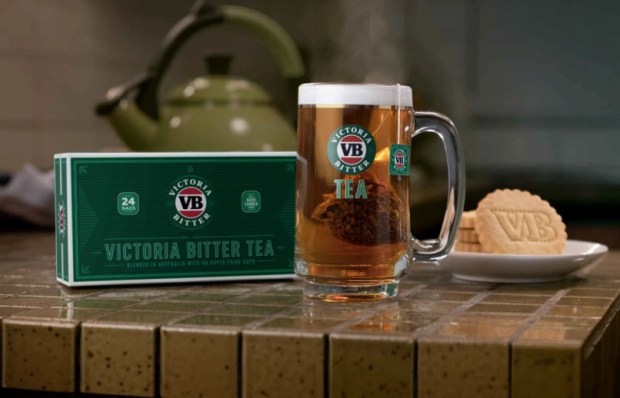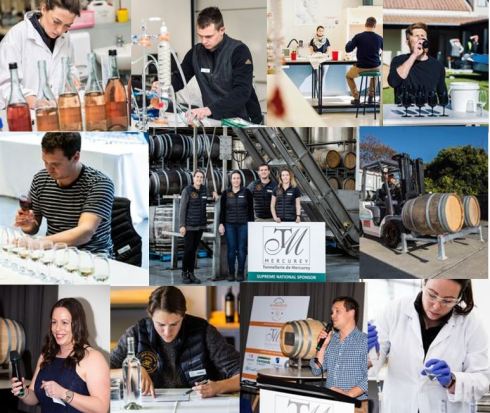 The idea of climate change turning the UK into a viable winemaking region may have boosted the industry in recent years. But cold snaps, sharp frosts and downpours threaten productivity – according to University of East Anglia research.
The idea of climate change turning the UK into a viable winemaking region may have boosted the industry in recent years. But cold snaps, sharp frosts and downpours threaten productivity – according to University of East Anglia research.
As UK wine producers prepare for what they hope will be a bumper 2016 season a study published today reveals that year-to-year climate variability and hazardous weather at key points in the growing season leave the industry highly sensitive to the elements.
It also suggests that in vogue varieties such as Chardonnay and Pinot noir are more susceptible to UK climate variability than traditional varieties.
Over the last decade there has been a boom in English wine production. The amount of land used for viticulture (vine growing) has increased by 148 per cent – with around 1884 hectares (the equivalent of 2638 football pitches) currently devoted to the industry.
It is not just the scale of production that has grown. Producers are receiving global recognition for their premium quality wines – in particular English Sparkling Wine, which is out-classing other more famous sparkling wine-producing regions.
Researchers from UEA studied the UK’s main grape-growing regions and looked at the relationships between temperature, rainfall, extreme weather events and yield. They also surveyed wine producers for their views on the role of climate change in the success of English wine. By combining this data, they were able to identify opportunities and threats to the industry for the first time.
Lead researcher Alistair Nesbitt, from UEA’s School of Environmental Sciences, said: “The UK has been warming faster than the global average since 1960 and eight of the warmest years in the last century have occurred since 2002. Producers recognised the contribution of climate change to the sectors recent growth, but also expressed concerns about threats posed by changing conditions.
“We wanted to see whether potential future climate change may make wine-making more viable in the UK by first analysing sensitivity to past climate variability. We found that while average temperatures over the growing season have been above a key minimum threshold for ‘cool-climate’ viticulture for two decades, wine yields vary considerably.”
“Our findings identify threats to the industry, as well as opportunities,” added Nesbitt. “High quality wine grapes grow best with an average growing season temperature in the range of 13-21oC. But even within this range, there are other factors at play.
“Since 1993, the average southern England growing season temperature has consistently been above 13oC and since 1989 there have been 10 years where the temperature was 14oC or higher (up to 2013). This is around the same temperature as the sparkling wine producing region in Champagne during the 1960s, 70s and 80s. However by comparison, UK wine yields are very low. In Champagne, yields can be more than 10,000 litres per hectare, but in the UK, it is around 2,100 on average.
“While rising average temperatures are important, the impact of short term weather events such as cold snaps, sharp frosts, and downpours will continue to threaten productivity.”




